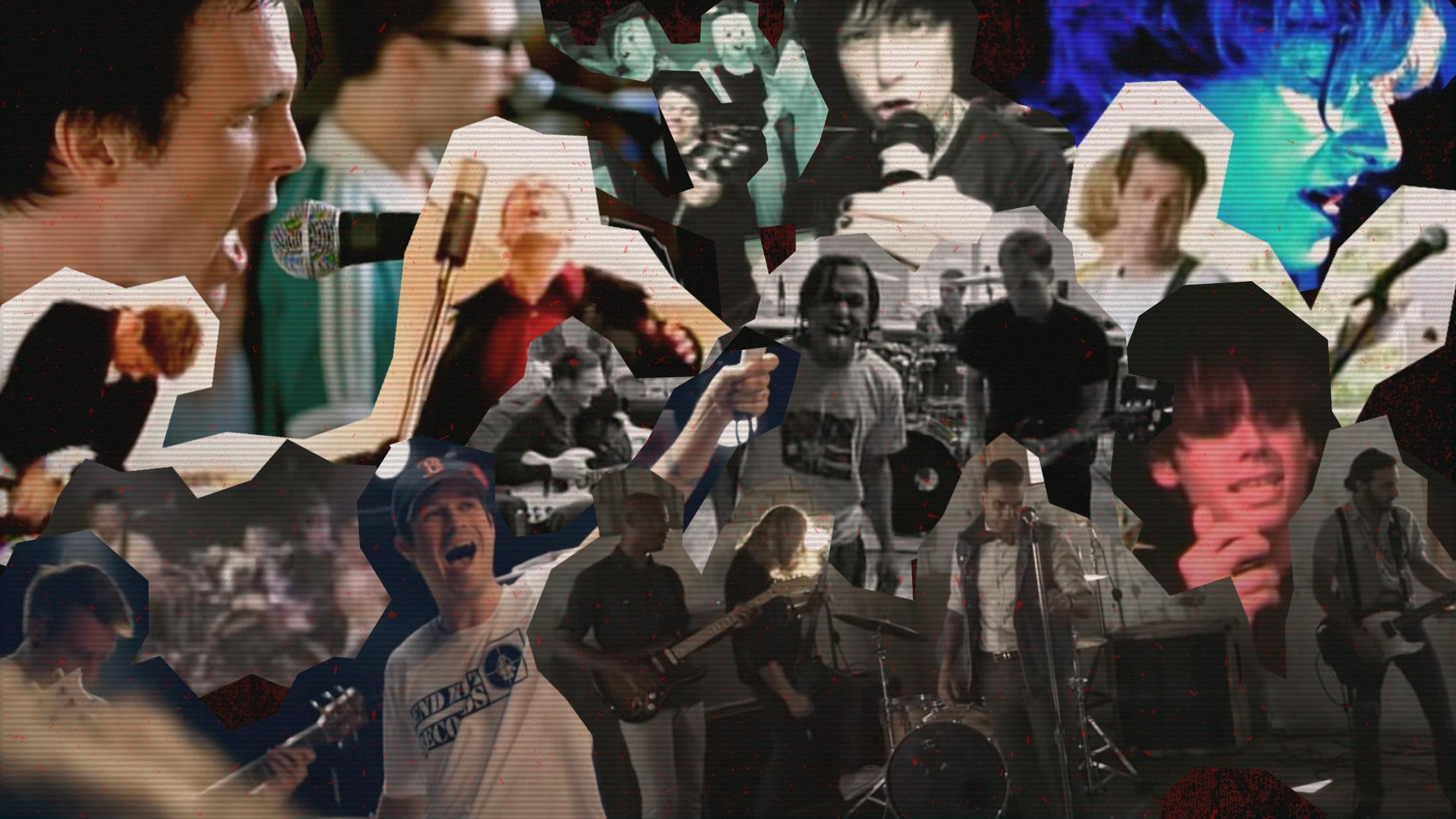Like emo, trying to explain what does and doesn’t constitute post-hardcore can be a highly subjective and fairly thankless task. It should
be easy – it’s the hardcore that came right after the original hardcore, right? Yeah, sure…
In some cases it’s shorthand for bands who are a little emo, but not really. In others it identifies a sound that’s thick and crunchy yet melodic, by artists trying to reconcile the natural tension forged by a misspent youth listening to metal and their love of punk rock. Sometimes it does just refer to bands who formed in the wake of the 1980s hardcore boom, boasting more depth, vulnerability and smarts in their armoury. Within all of that you have splinter strands that shoot off into other sub-genres such as metalcore, screamo, indie rock and pretty much every point on the alternative musical spectrum. Your definition is also likely determined by geography and which era you mean when you use this most nebulous of terms. Even still, no time or place offers a clarity of definition, only echoes and hints of history. Frankly, it’s a minefield.
